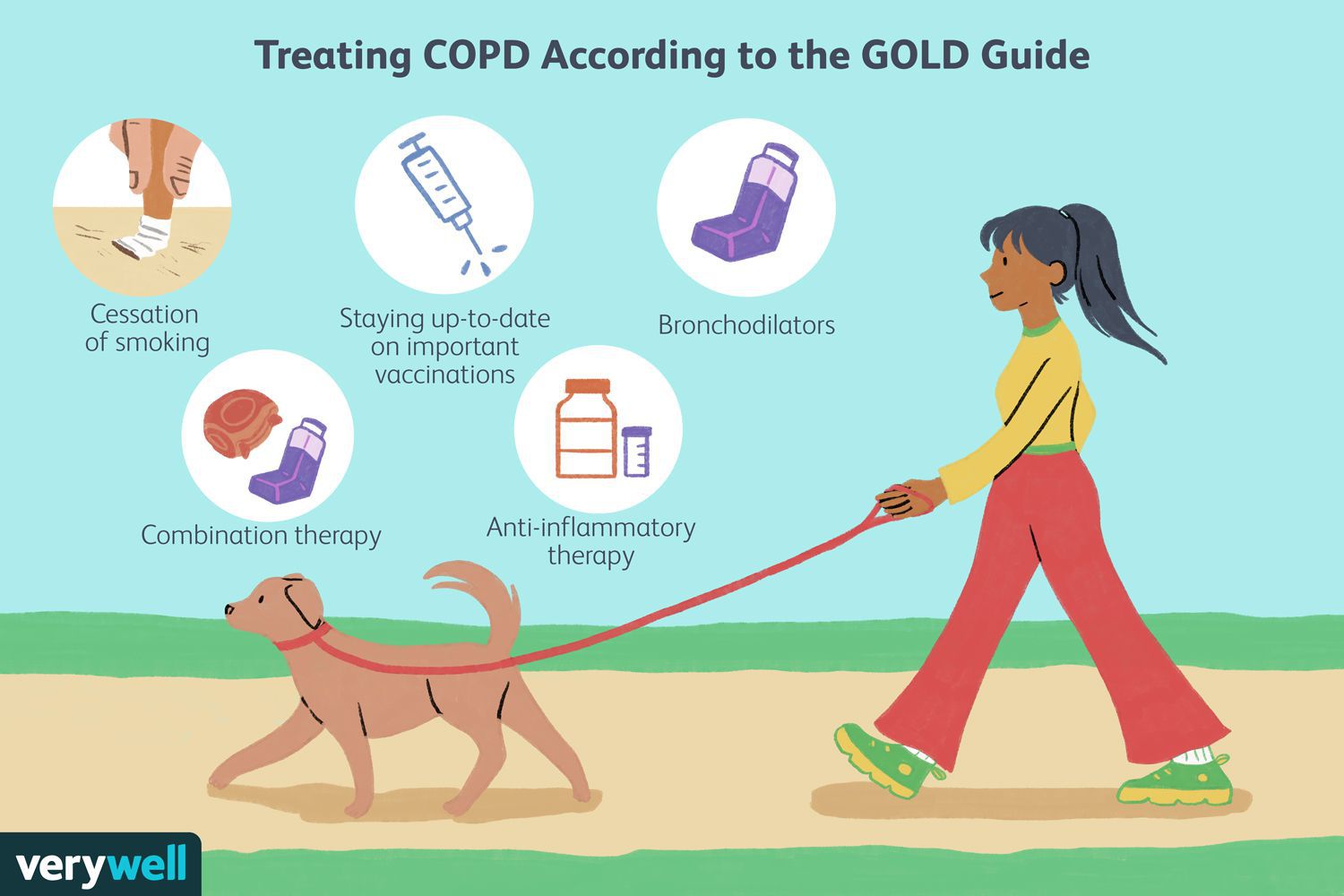Introduction: Chronic Obstructive Pulmonary Disease (COPD) is a progressive lung disease that affects millions worldwide, leading to breathing difficulties and a significant impact on quality of life. With advancements in medical science, various treatment options have emerged that can help manage symptoms, slow disease progression, and improve overall well-being. This article explores the most effective treatments for COPD, highlighting both traditional and cutting-edge approaches.
Understanding COPD: COPD encompasses conditions such as chronic bronchitis and emphysema, characterized by airflow limitation and inflammation in the lungs. Smoking is the primary cause, but other factors like long-term exposure to irritants and genetics can also contribute. Understanding the nature of COPD is crucial for choosing the right treatment plan.
1. Smoking Cessation: The First Line of Defense Quitting smoking is the most critical step in managing COPD. Continued smoking accelerates lung damage, making other treatments less effective. Various aids such as nicotine replacement therapy, prescription medications, and counseling can support individuals in their journey to quit.
2. Bronchodilators: Easing the Breath Bronchodilators are medications that relax the muscles around the airways, helping to open them up and make breathing easier. They come in short-acting forms for quick relief and long-acting versions for ongoing management. Common bronchodilators include beta-agonists and anticholinergics.
3. Inhaled Corticosteroids: Reducing Inflammation Inhaled corticosteroids (ICS) are often prescribed to reduce airway inflammation, especially in patients with frequent exacerbations. They are usually combined with bronchodilators in a single inhaler for convenience and effectiveness.
4. Combination Inhalers: A Dual Approach Combination inhalers, which include both a long-acting bronchodilator and an inhaled corticosteroid, offer a more comprehensive approach to managing COPD symptoms. These inhalers are particularly beneficial for those with moderate to severe COPD.
5. Oxygen Therapy: Enhancing Quality of Life For advanced COPD patients with low blood oxygen levels, oxygen therapy can be life-changing. It helps maintain adequate oxygen levels in the blood, reducing symptoms like fatigue and improving overall well-being. Portable oxygen devices have made this treatment more accessible and convenient.
6. Pulmonary Rehabilitation: A Holistic Approach Pulmonary rehabilitation is a structured program that combines exercise training, education, and support to help COPD patients improve their physical condition and manage their symptoms. This comprehensive approach addresses the physical and emotional challenges of living with COPD.
7. Surgery: When Other Treatments Aren’t Enough In severe cases, surgical options like lung volume reduction surgery (LVRS), bullectomy, or even lung transplantation may be considered. These procedures aim to remove damaged lung tissue or replace the lungs altogether, offering relief to those with advanced COPD.
8. Emerging Treatments: The Future of COPD Care Research into new treatments for COPD is ongoing. Advances in gene therapy, regenerative medicine, and novel drug therapies hold promise for the future, potentially offering new hope to those affected by this chronic disease.












